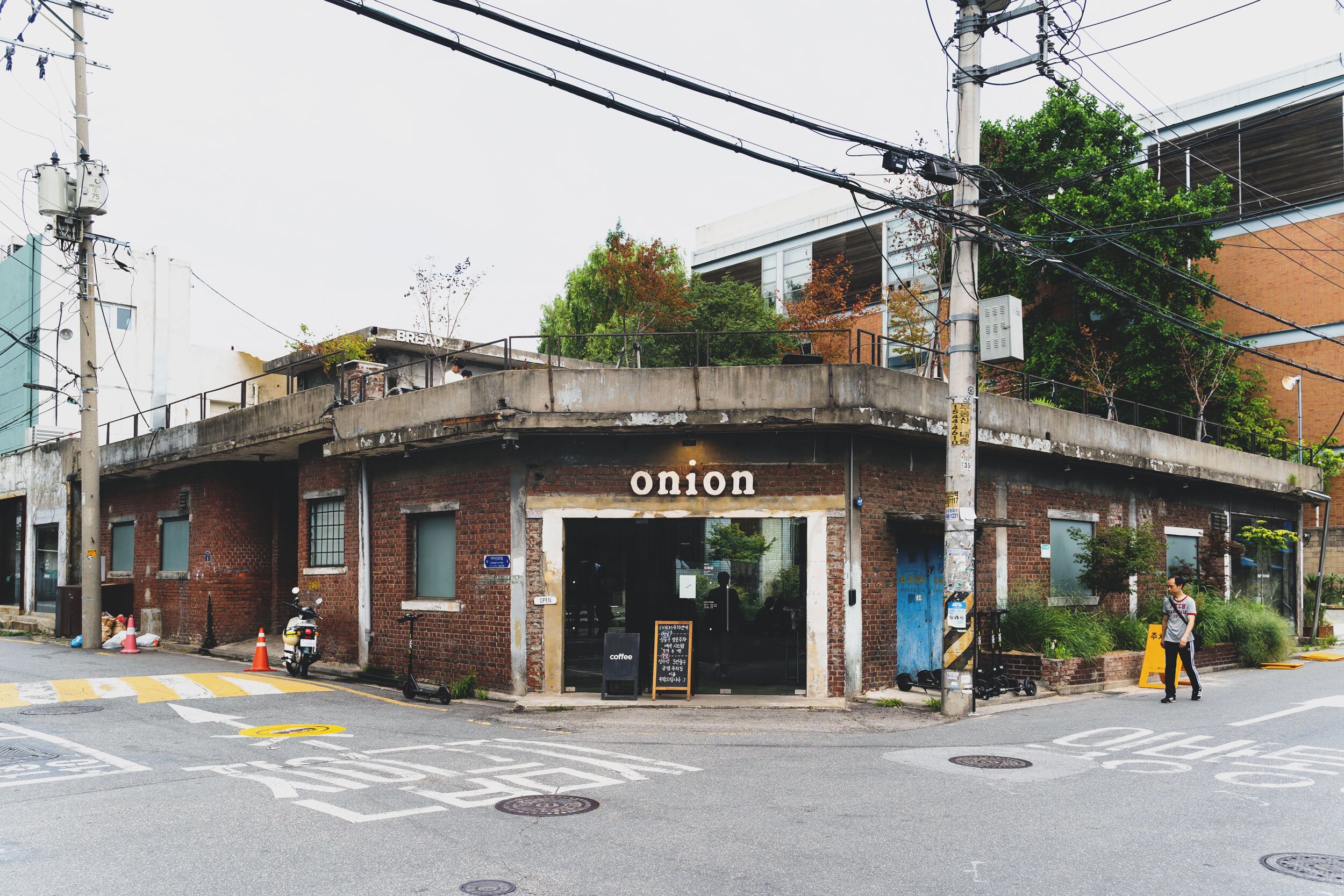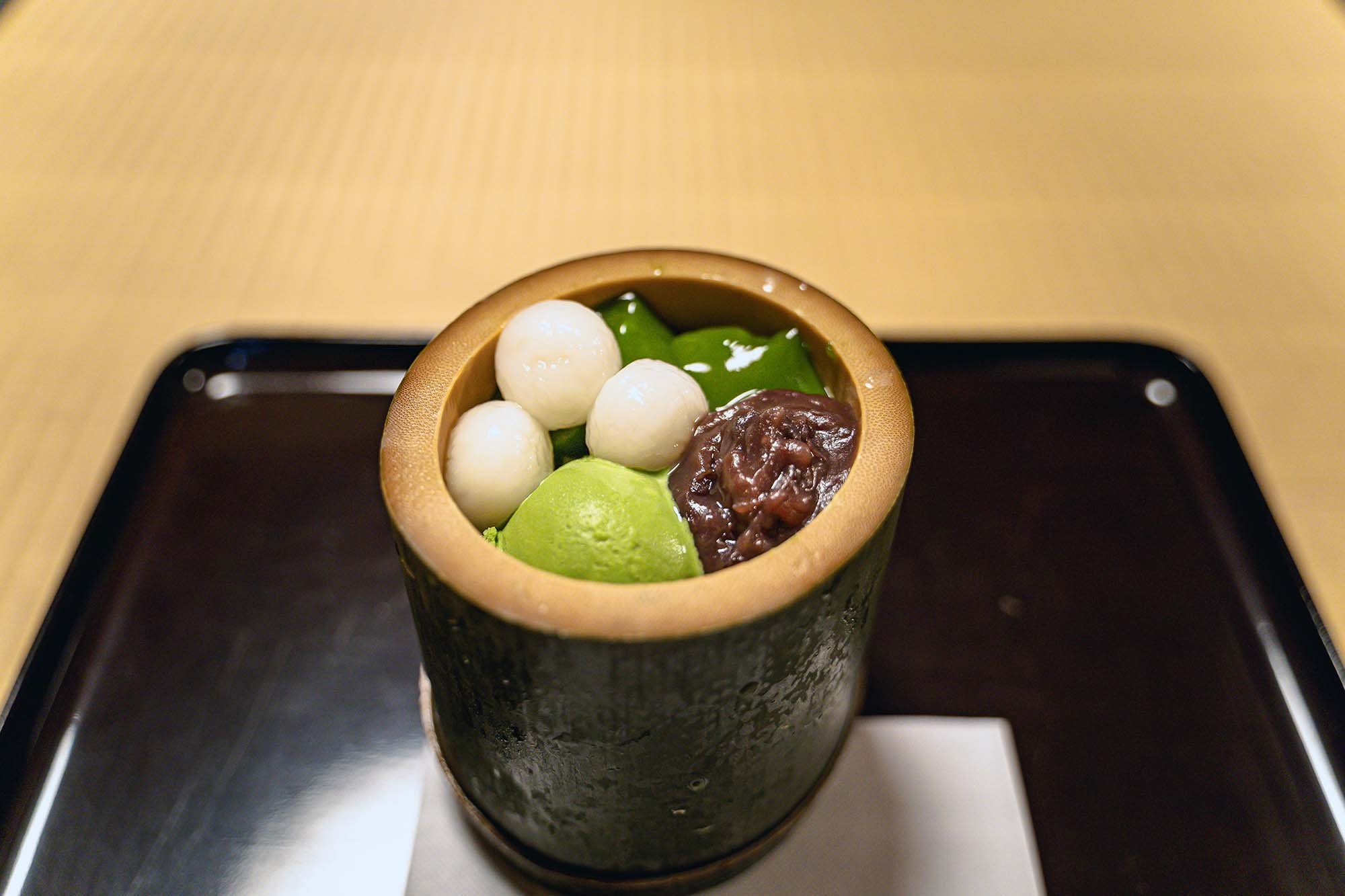Hannam, Seoul
As one of Seoul’s most desirable neighborhoods, Hannam is at Korea’s forefront of fashion and trends.
Mullae, Seoul
An up-and-coming area that combines factories and metalwork with art, ateliers and cafes.
Soshigaya, Tokyo: Ultraman Town
A local area that’s all about Ultraman. With Ultraman statues, street lamps, decorations and more, this retro Tokyo neighborhood is unlike any other.
Seongsu, Seoul
One of Seoul’s most trendy neighborhoods, nicknamed the “Brooklyn of Seoul”.
Izu: Tofuya Resort & Spa
Tofuya Resort & Spa Izu is a Japanese style ryokan with a history of 400 years. Spanning 29 acres, it’s an immersive, high end getaway that guests can escape to.
Tokyo: Travel Tips
A few tips about traveling to Tokyo that I’ve learned during my time living there for 8 years.
Nagato Yumoto Onsen: Hoshino Resorts KAI Nagato
Deep in the mountains of Yamaguchi Prefecture, Hoshino Resorts KAI Nagato is a luxury onsen resort based on accommodations for 17th century feudal lords.
Shizuoka: Hoshino Resorts KAI Enshu
A luxury ryokan resort focused on Japanese tea. The Hoshino Resorts KAI Enshu, an amazing getaway that dives into the local specialty.
Kyoto: The Food Tour
After several visits to Kyoto and seeking out authentic Kyoto foods, here’s where I recommend.
Koenji, Tokyo
Koenji is thought of as one of Tokyo’s coolest neighborhoods by locals, and is known for its alternative subcultures, used clothing shops and cheap bars.
Yanaka Ginza, Tokyo
One of Tokyo’s popular “shitamachi”, or retro downtown areas, Yanaka Ginza’s vibe is mid-1900s and a good place to take an afternoon to explore.
Shin-Okubo, Tokyo: Koreatown
Considered Tokyo’s Koreatown, Shin-Okubo is the go-to spot for Korean food, pop culture and cosmetics, and is an area that is increasingly challenging Harajuku as a hangout spot for young locals.
Japan: Conveyor Belt Sushi Restaurants
About the popular kaitenzushi, or conveyor belt sushi restaurants, that’s all over Japan.
Kadokawa Culture Museum
A day trip to Kadokawa Musashino Museum, a modern museum/library designed by Kengo Kuma.



















